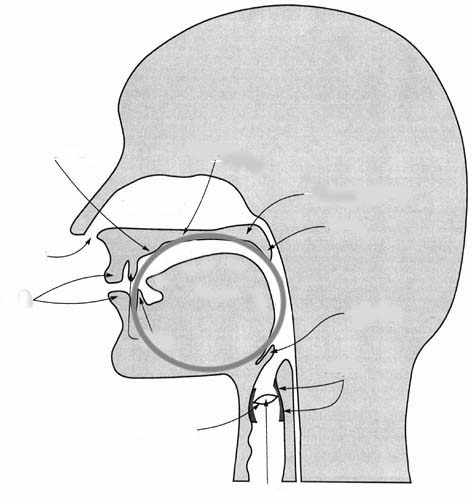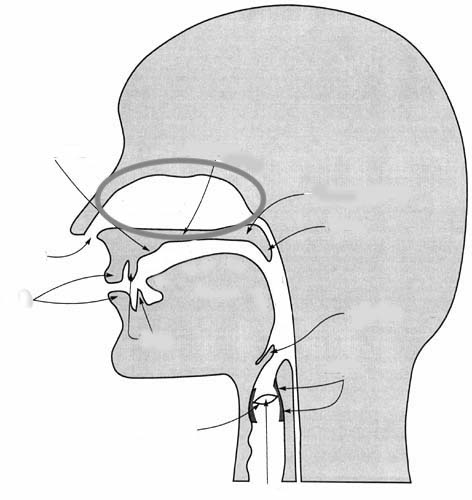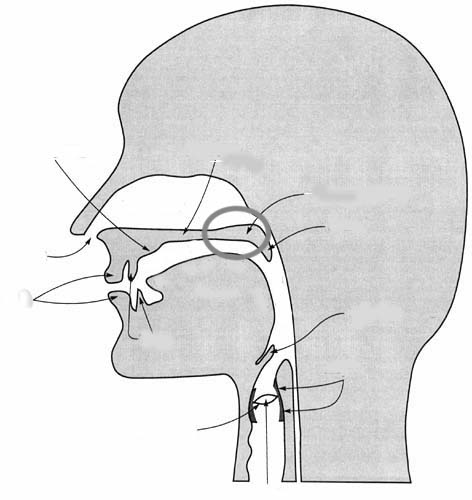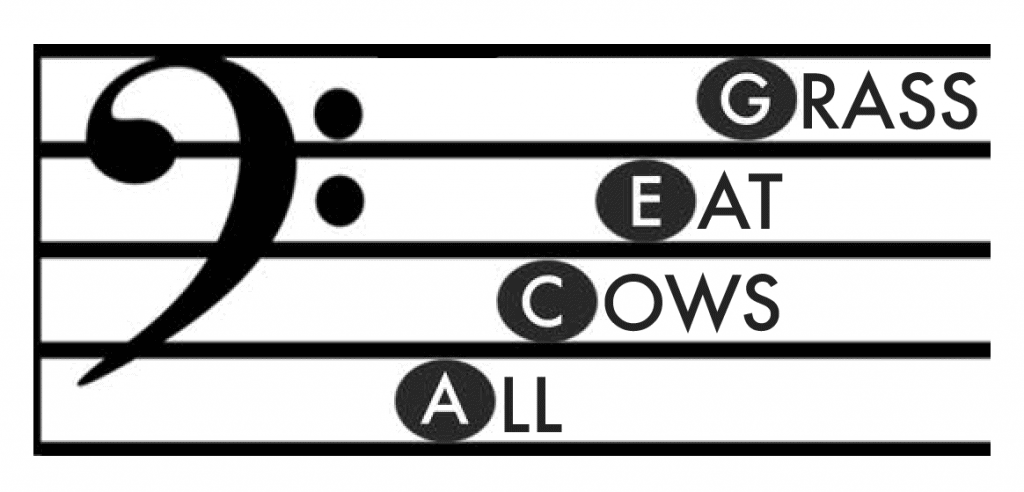The symbol that makes a note go a half step higher
Sharp
The speed of the music
Tempo
The first era of music.
Medieval
The letter name of this note:

B
The name of this large muscle

Tongue
The musical symbol that would cancel out the flat in this note.
Natural
The gradual increase in dynamic volume during a section of music.
Crescendo
This Classical composer wrote Ode to Joy
Beethoven
The note on a ledger line between the treble and bass clef.
Middle C
The name of this piece of vocal anatomy

Nasal Cavity
What is the name for the dynamic level quieter than:

Pianissimo

A way to hear notes in your head instead of singing them aloud.
Audiation
The musical era that went from 1800-1910
Romantic
The letter name of Do in the key of A.

A
The piece of vocal anatomy that lifts when you yawn.

Soft Palate
The name for the symbols above these notes:

Fermata
The vocal range below Soprano but higher than Tenor.
Alto
This Baroque composer created the Hallelujah Chorus.
Handel
The acronym for the letter names of the bass clef spaces

ACEG 
The two bands of smooth muscle tissue found in the larynx.
Vocal folds/cords.

The American equivalent of the "semiquaver."
Sixteenth note
The term meaning "to connect each note smoothly without much articulation between notes".
Legato
This musical era is characterized by minimalism and simplicity
Contemporary
In the key of G, what is the solfege syllable for a note on E.

La
The name of the mechanism that directs air flow and food the right way.
Pharynx
This symbol allows you to eliminate writing out extra measures and should be navigated to when you see "D.S. al Coda".
Dal Segno

The effect where the pitch of a note is subtly moved up and down to create a vibrating effect.
Vibrato
The name of the Medieval nun who composed "O viridissima virga"
Hildegard von Bingen
The notes with sharps in the key of D.
F# and C#
The term for a vocal technique that can create two pitches at the same time from ONE singer.
Polyphonic Overtone Singing